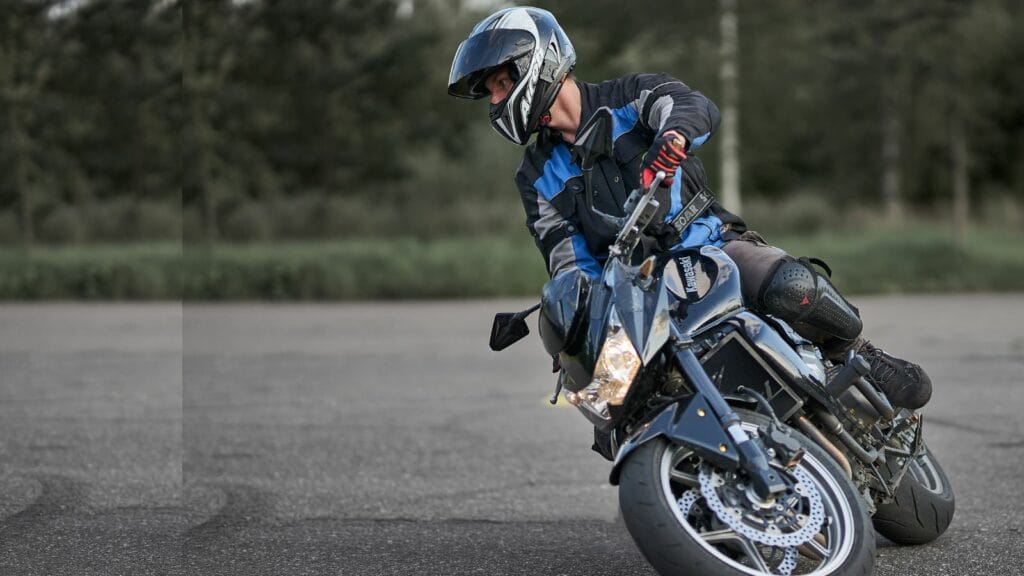Motorbikes are more than just machines. They embody freedom, adventure, and style. Over the decades, a few bikes went beyond the norm, setting benchmarks in design, engineering, and performance. Here are 22 motorcycles that redefined what it means to ride based on their creators, engines, and performance.
Harley-Davidson XR750 (1970)
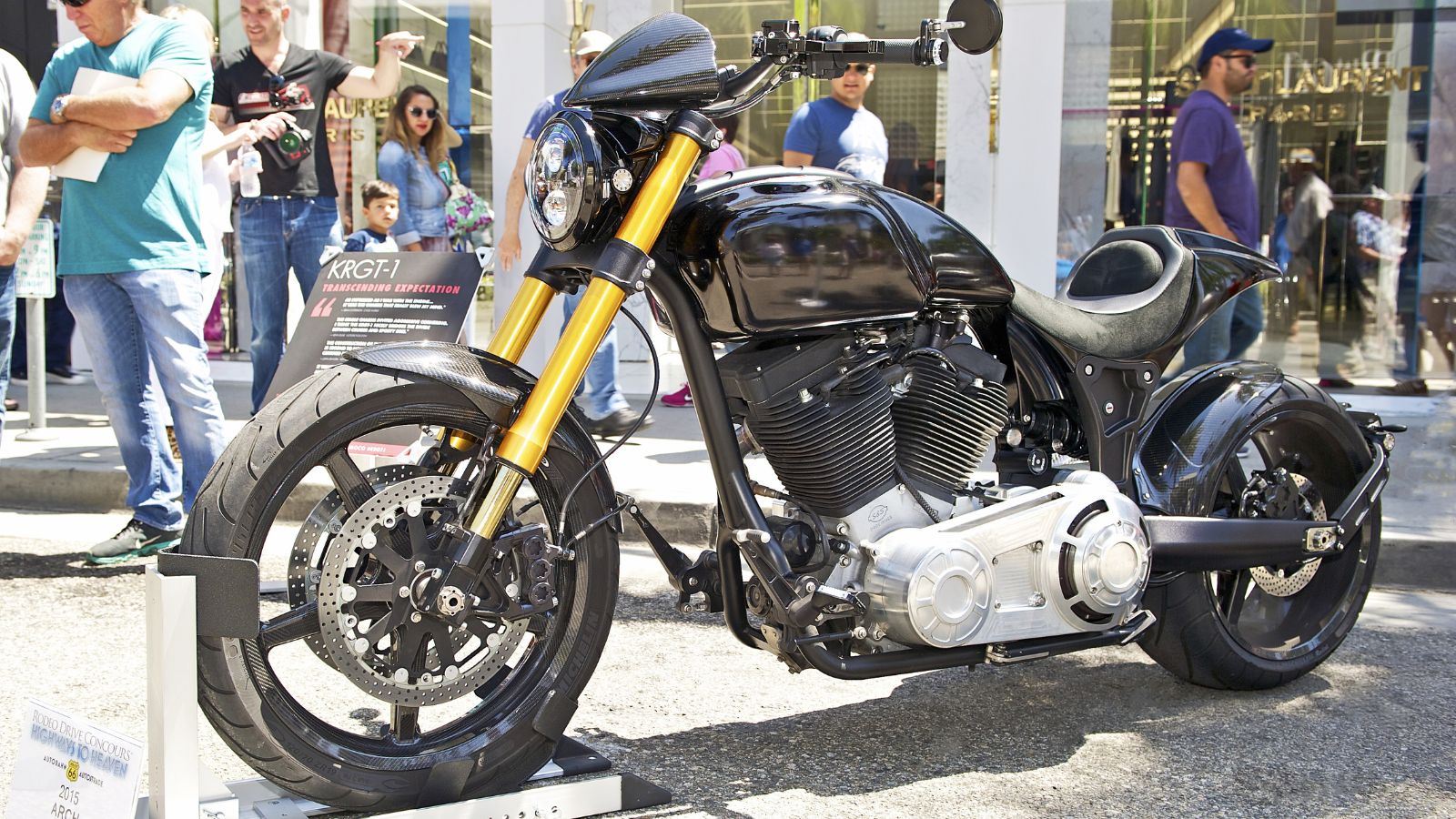
Dick O’Brien’s design masterpiece, the Harley-Davidson XR750, completely dominated flat-track racing. Its 748cc air-cooled V-twin engine, a torque beast, was the weapon of choice for racers. Sure, the XR750’s looks were raw and minimalist, but this wasn’t just a race bike; it was a legend. Hitting 60 mph in a blistering 4.8 seconds was electrifying to watch. And when Evel Knievel took those death-defying leaps on an XR750, the bike became a bona fide American icon.
Ducati 916 (1994)
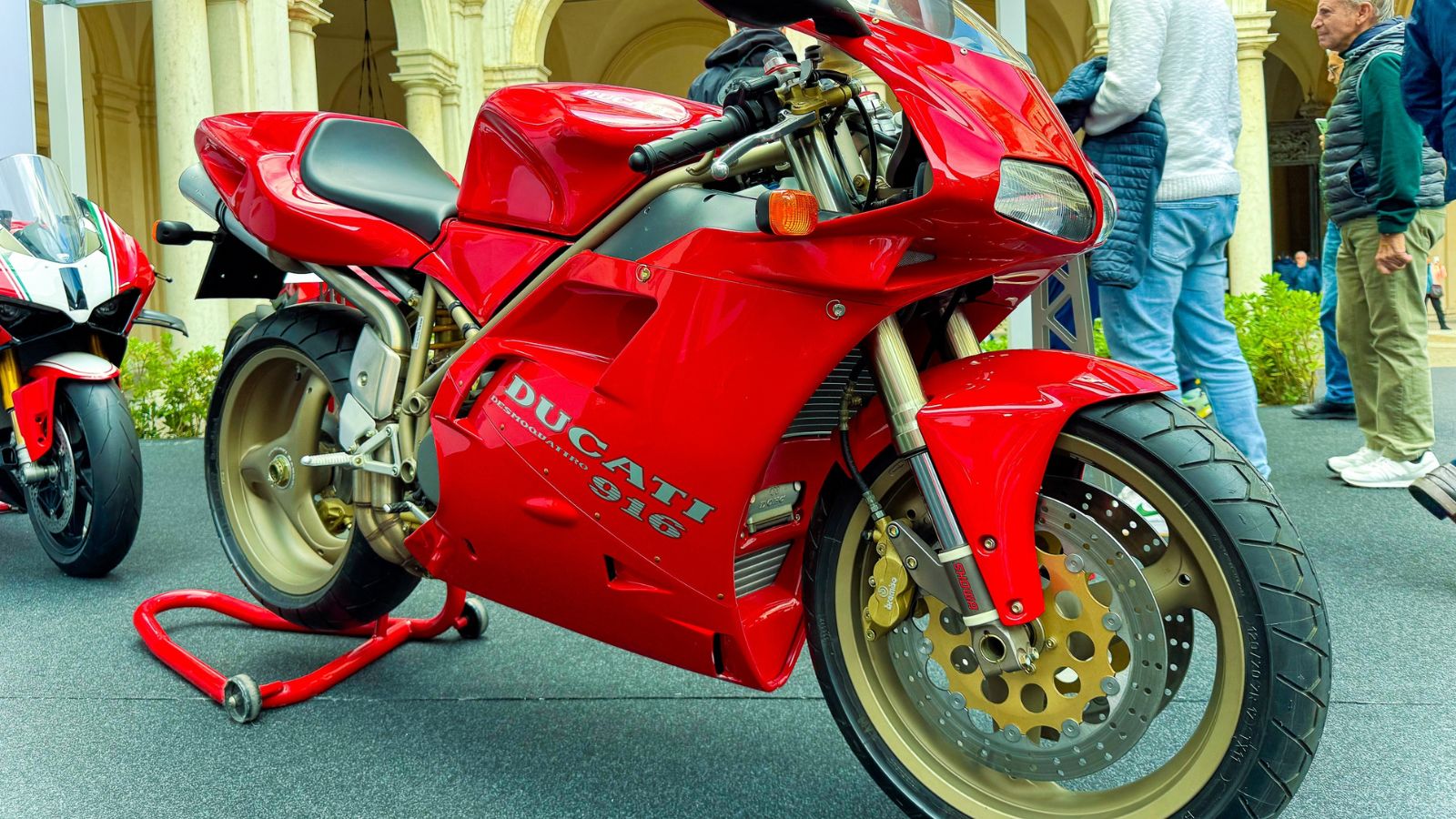
The Ducati 916, a masterpiece designed by the legendary Massimo Tamburini, hinted at the sleek, aerodynamic motorcycles of the future. Its iconic under-seat exhaust pipes were a bold statement, and the powerful 916cc V-twin engine delivered exhilarating performance. This bike could sprint from 0 to 60 mph in a mere 3.1 seconds, a testament to its raw power.
Honda CB750 (1969)
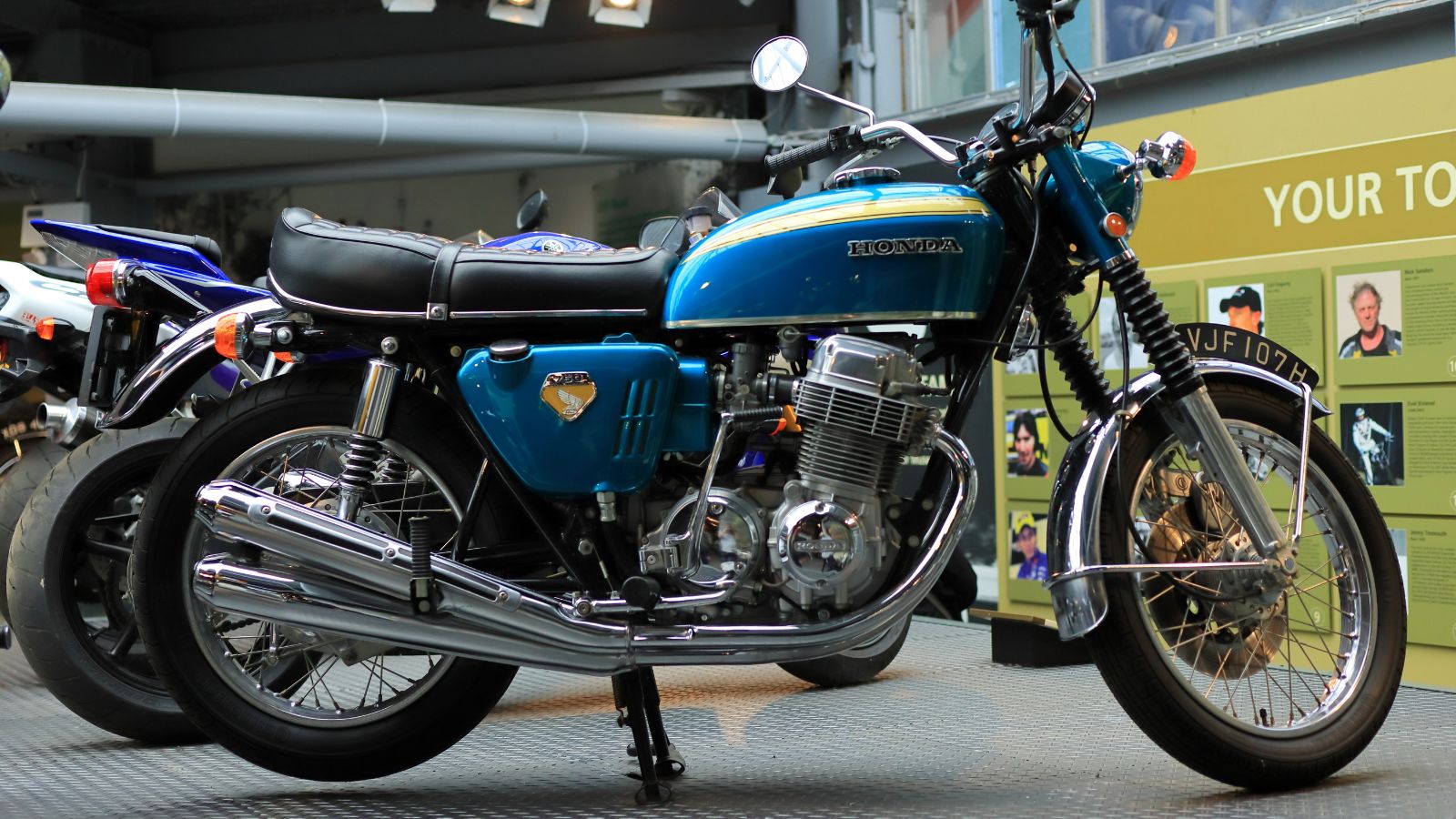
Famed motorcycle designer Shoichiro Irimajiri built a four-stroke motorcycle, the CB750, which is, in essence, the first superbike ever. Its newly introduced 736cc inline-four engine brought the multi-cylinder performance to the motorbike populace. Like its performance, the CB750’s design was clean and functional for the road; from a standstill, it could go 0 to 60 mph in about 5.5 seconds. They soon became essential to the frameworks used to create modern sports motorcycles. This bike not only set records but revolutionized the perception of motorcycles globally.
BMW R32 (1923)
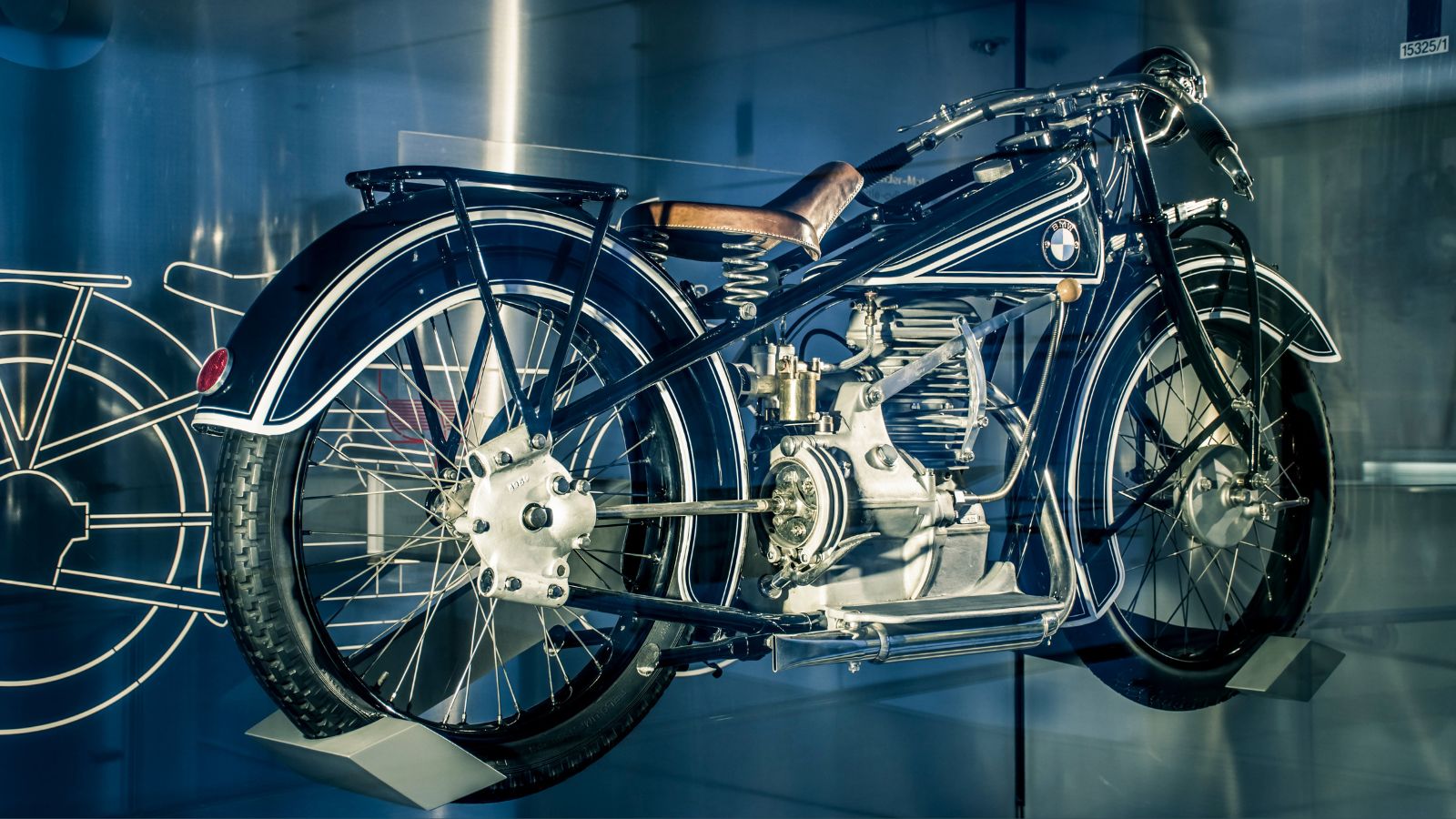
Max Friz designed BMW’s first motorcycle, called the BMW R32. Honda’s revolutionary 494cc boxer twin offered comparable power transition and excellent weight distribution at the time. A clean, straightforward design with mechanical parts visible provided the groundwork for future BMW motorcycle designs. It wasn’t designed for speed, but this bike marked the beginning of many incredible engineering feats. It would be the foundation of BMW’s extended motorcycling precision and durability tradition.
Triumph Bonneville T120 (Vintage 1959)
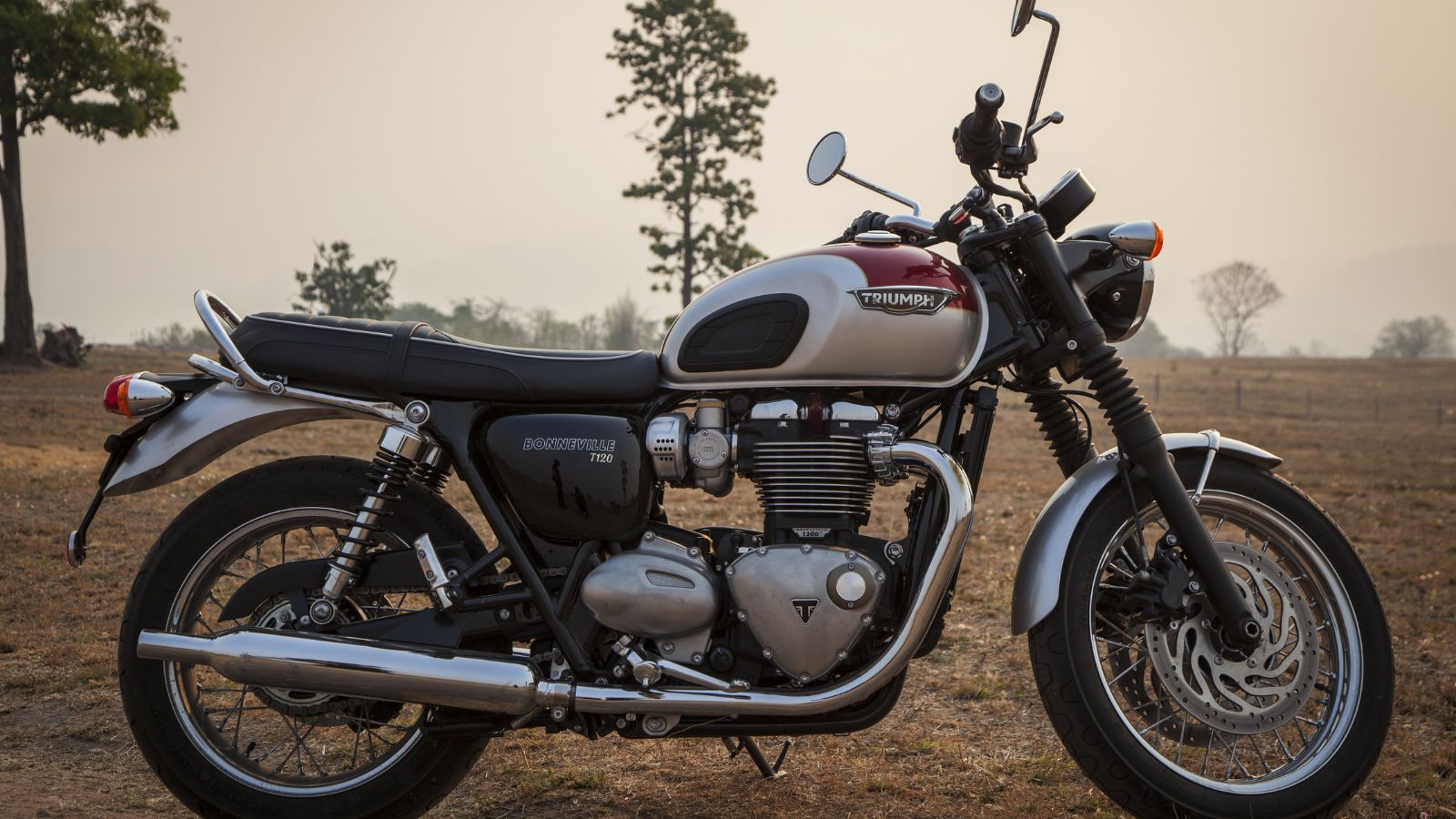
Edward Turner and Triumph named their new bike the T120 Bonneville after the Bonneville Salt Flats. Its parallel-twin cylinder engine with a capacity of 649cc had a clean power punch, and the exhaust that came with it was unique. Neat styling, a teardrop-style fuel tank, and chrome make this model the ultimate style of a performance bike. It could go from 0 to 60 mph in about 6.4 sec and was one of the fastest bikes of the then and an icon of the ‘ swinging 60s.’
Kawasaki Z1 (1972)
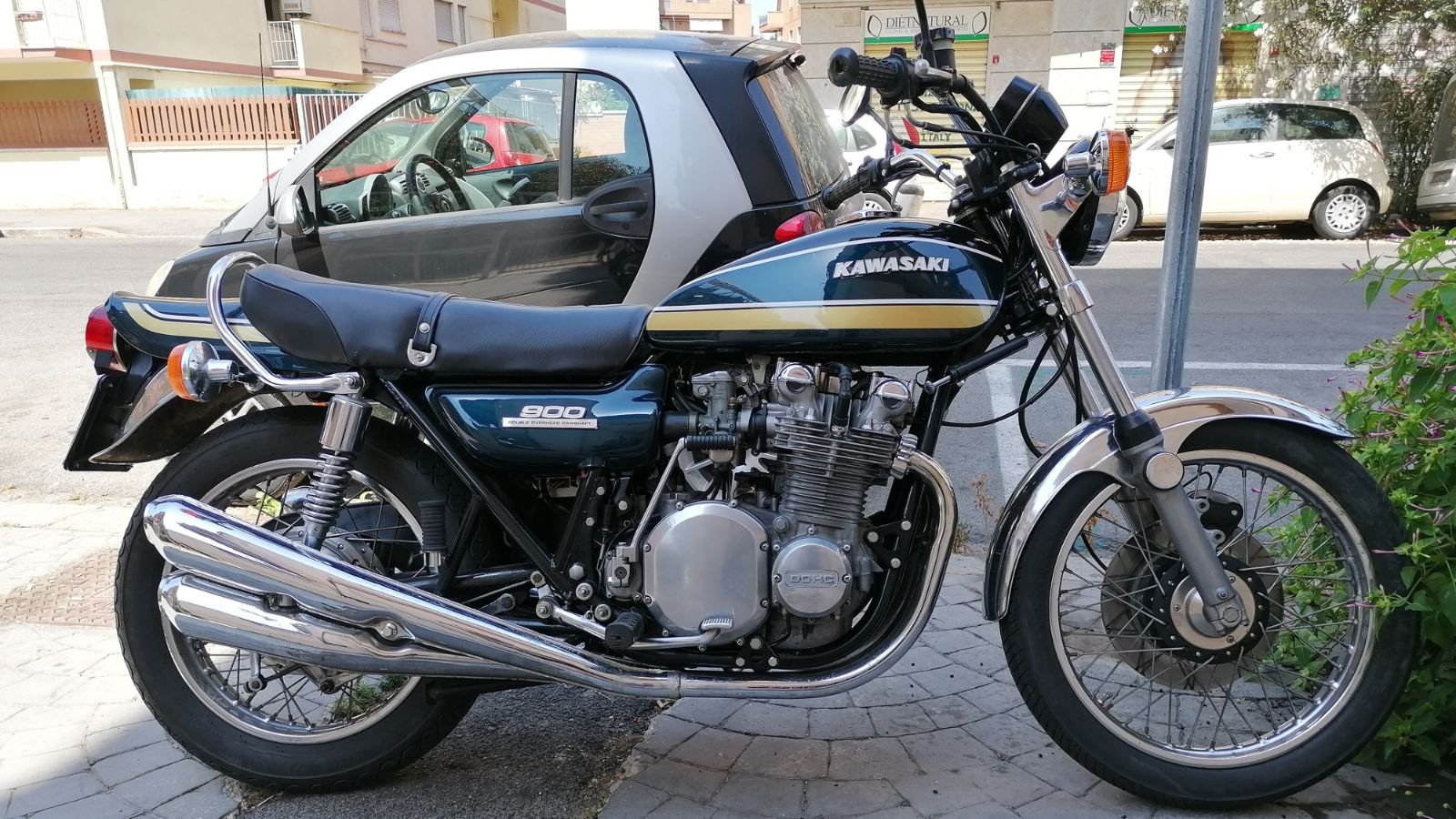
In 1970, Kawasaki unveiled the Z1, a masterpiece Gyoichi Inamura designed that redefined the superbike category. Its powerful 903cc inline-four engine delivered an exhilarating 82 horsepower. This potent combination propelled the Z1 from zero to sixty miles per hour in a mere 4.2 seconds, leaving riders breathless. This iconic machine set new standards for performance and successfully competed with the legendary Honda CB750, solidifying Kawasaki’s position as a dominant force in the motorcycle industry.
Yamaha RD 350 (1973)
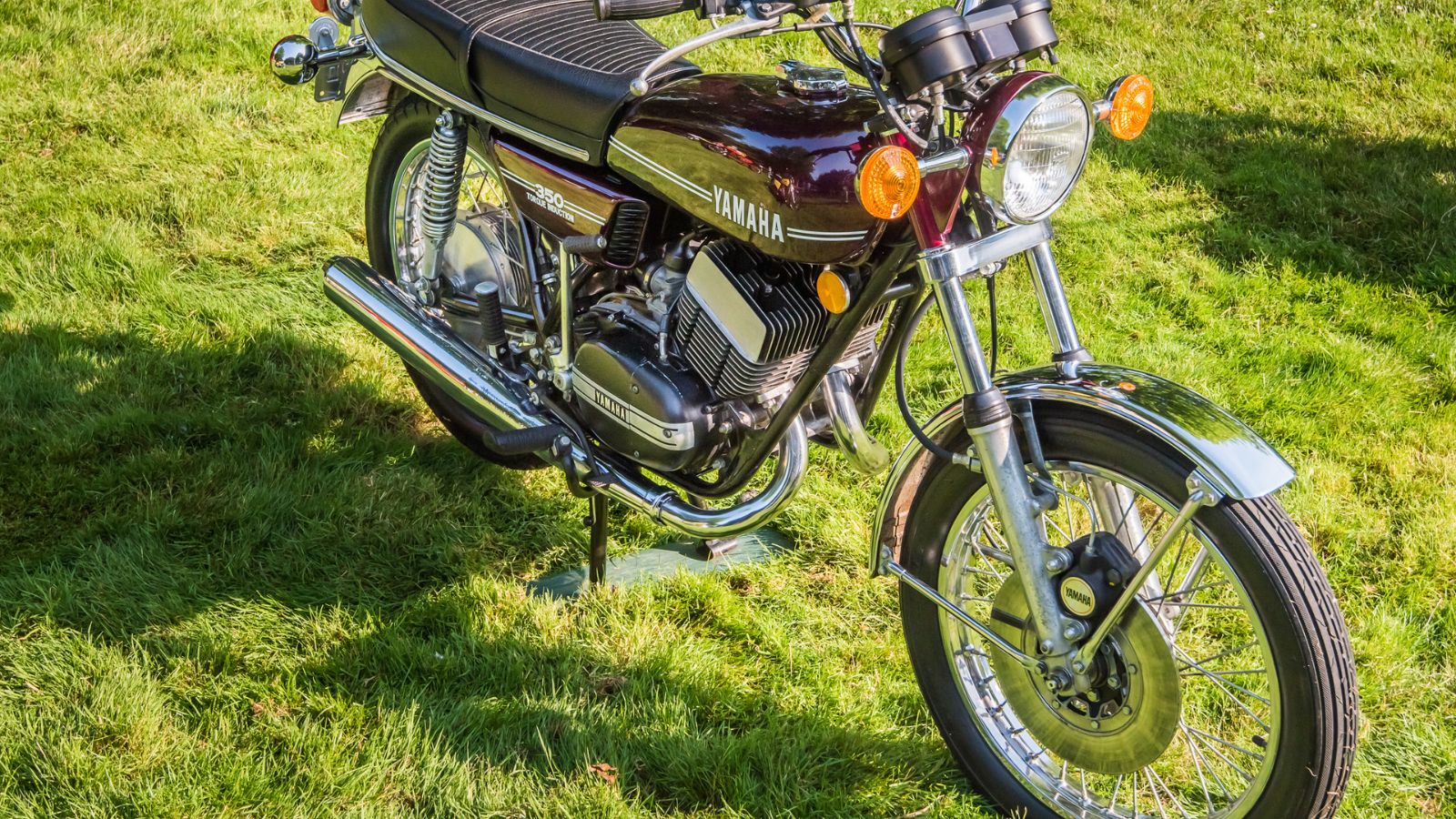
Initially designed by Yamaha’s Hiroshi Matsumoto, the RD 350 was a very light motorcycle with a 347-cc two-stroke twin engine, but boy, was it a monster! This two-stroke motorcycle weighed only 60 kg, gobbled up 0-60 in a mere 5.3 seconds, and made the model one of the street icons of the time. It was a hit quickly and is still associated with great memories for its riders.
Suzuki GSX-R750 (1985)
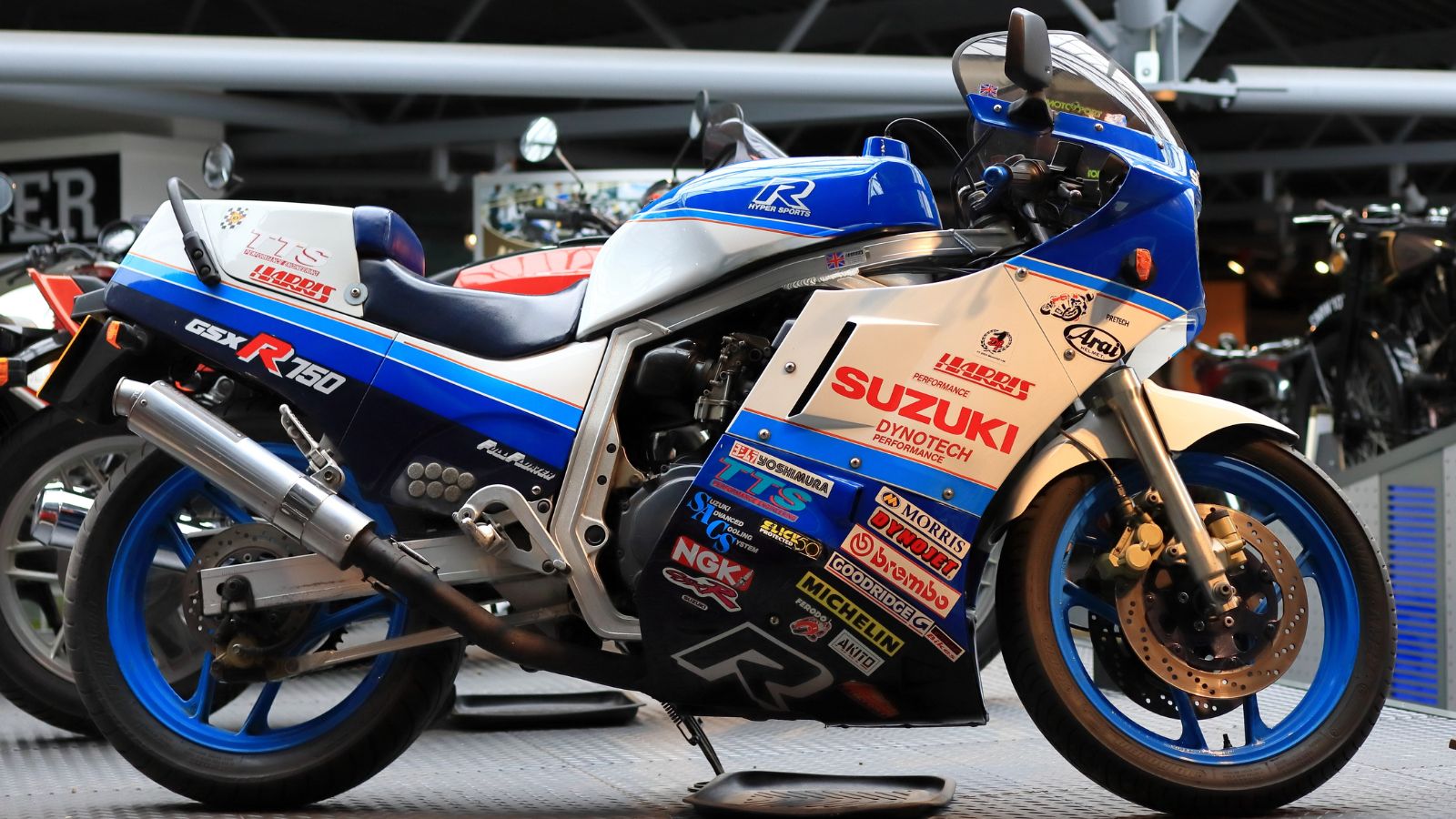
Suzuki stepped up things during the mid-eighties with the 750cc inline-four engined, Etsuo Yokouchi-fettled GSX-R750, which became the world’s first proper race replica bike. With its aggressive race-inspired aesthetics and lightweight performance, it was a legend that could accelerate from 0 to 60 mph in 3.6 seconds.
Honda Gold Wing GL1000 (1974)
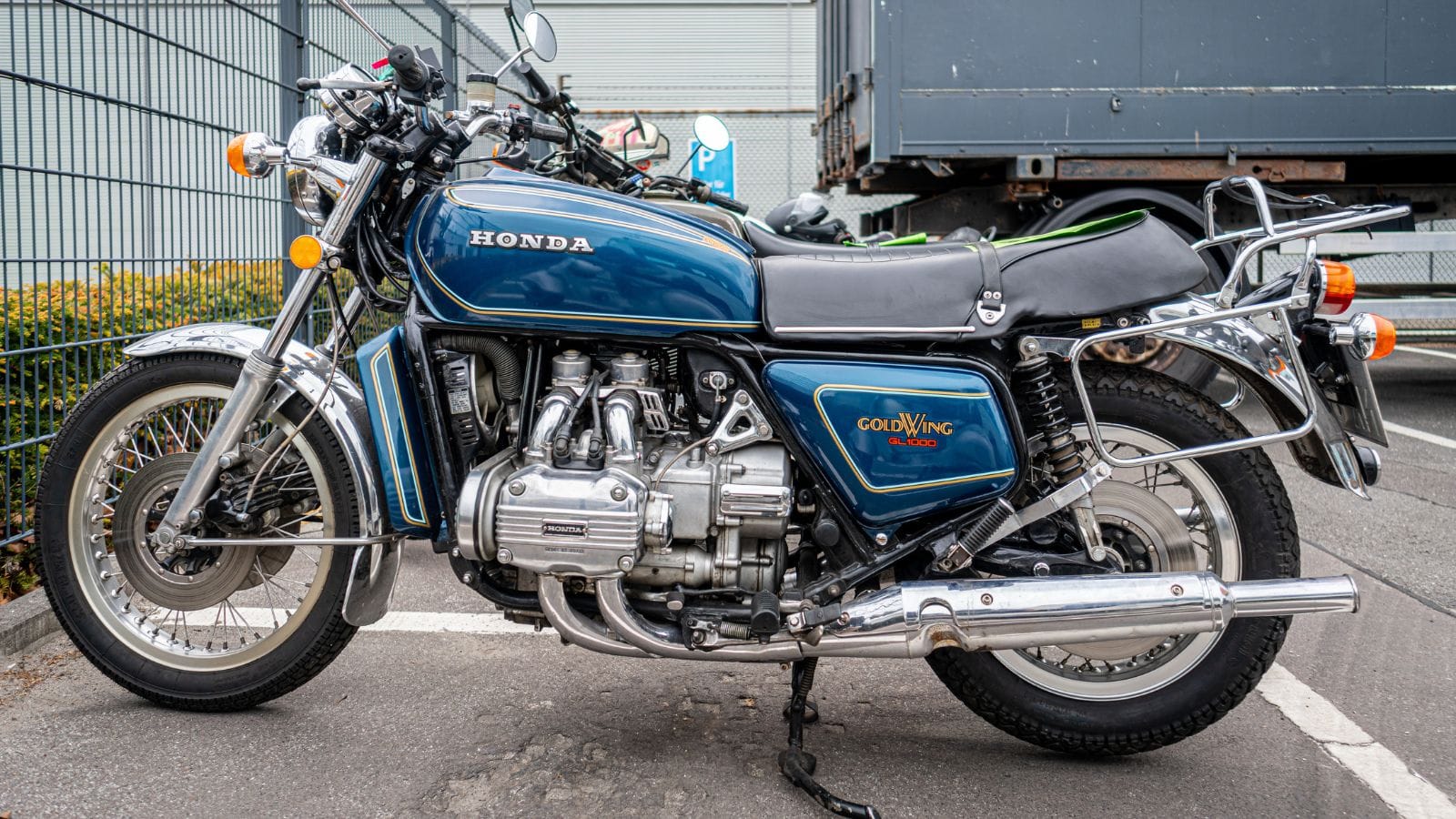
The Honda Gold Wing GL1000, a masterpiece designed by Shoichiro Irimajiri, wasn’t about breakneck speed. This legendary tourer, powered by a smooth and reliable 999cc flat-four engine, redefined long-distance motorcycle travel. While it might not have been the quickest off the line, taking around 6.9 seconds to reach 60 mph, it prioritized comfort and dependability.
Indian Chief (1947)
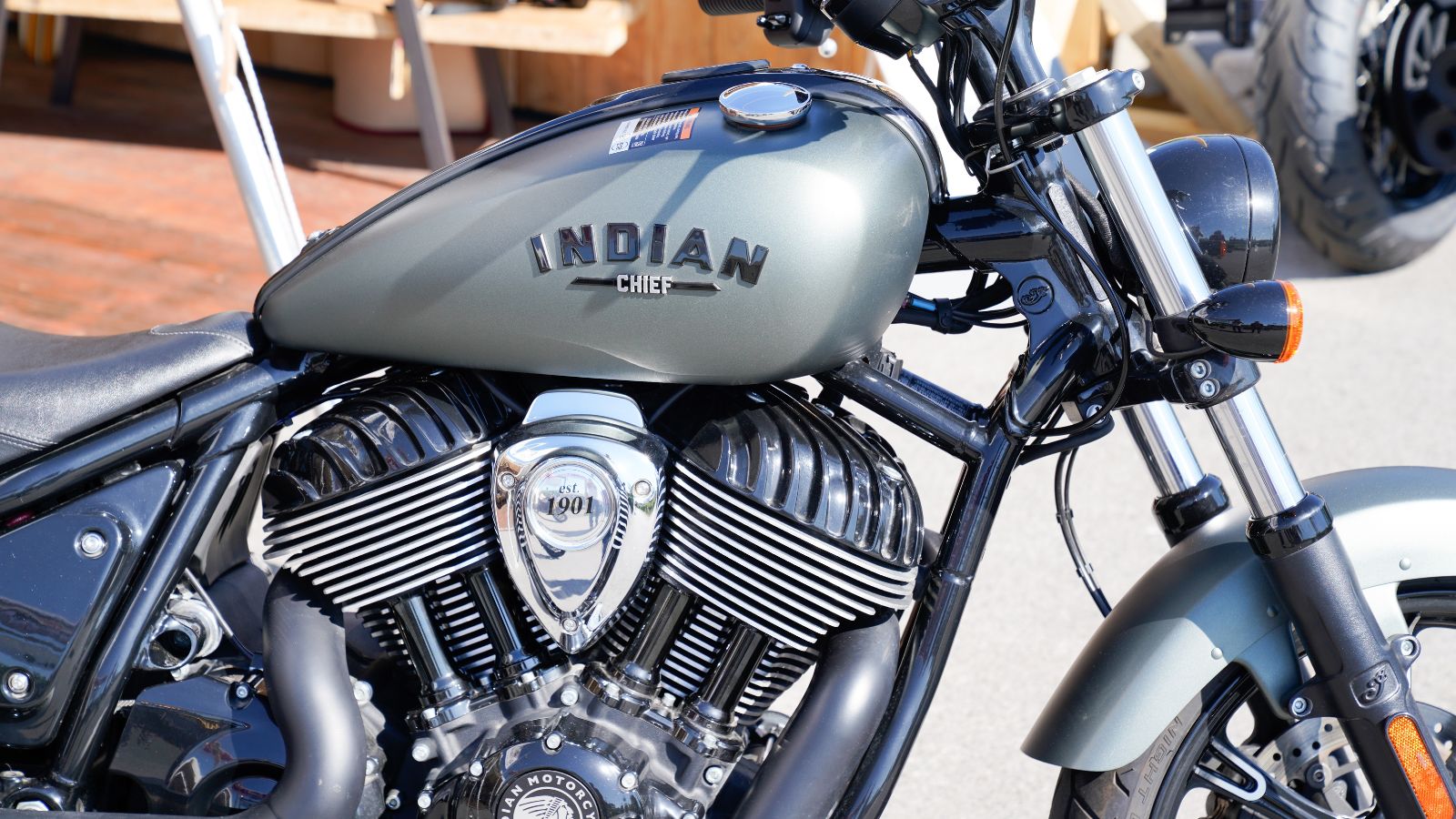
Post-World War Indians were epitomized by the Indian Chief. This powerful cruiser embodied American motorcycles. It was mated with a 1200cc V-twin engine, which provided a smooth ride and comfortable riding experience. The look was sporty, with balanced fenders, bright colors, and a distinctive teardrop fuel tank. It may not have heaped on a whole lot of power and speed, conquering the 60-mile mark in roughly 7.5 seconds, but it is still an indelible component of American history.
Norton Commando 750 (1967)
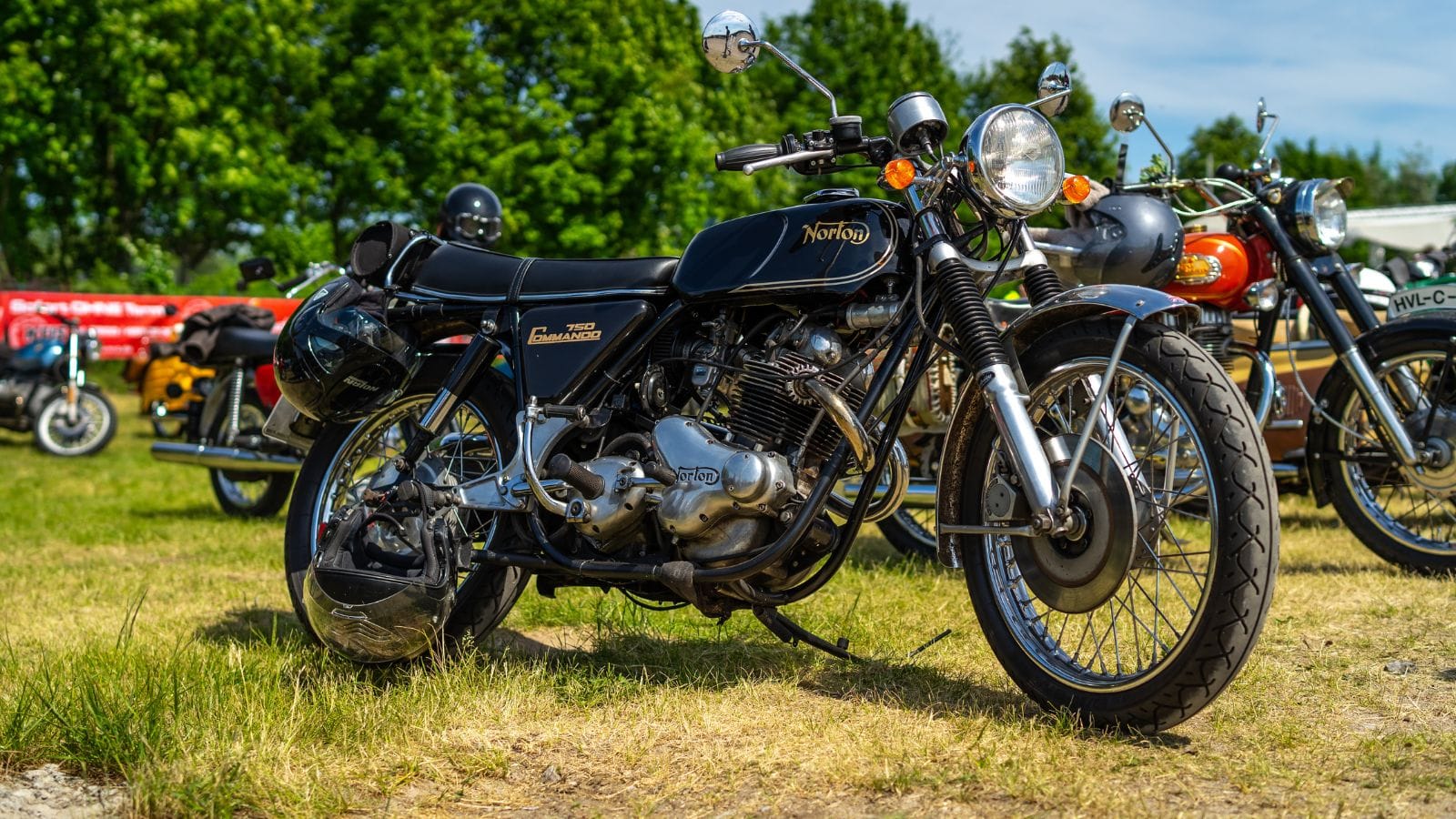
Dr. Stefan Bauer and Bernard Hooper’s Norton Commando 750 was a legend in its own time. Its heart was a powerful 745cc parallel-twin engine, and its iconic design, featuring a muscular fuel tank, was a minimalist masterpiece that captivated riders. But the Commando wasn’t just about looks; it was a serious performer. It could sprint from 0 to 60 mph in 5.9 seconds
Yamaha VMAX (1985)
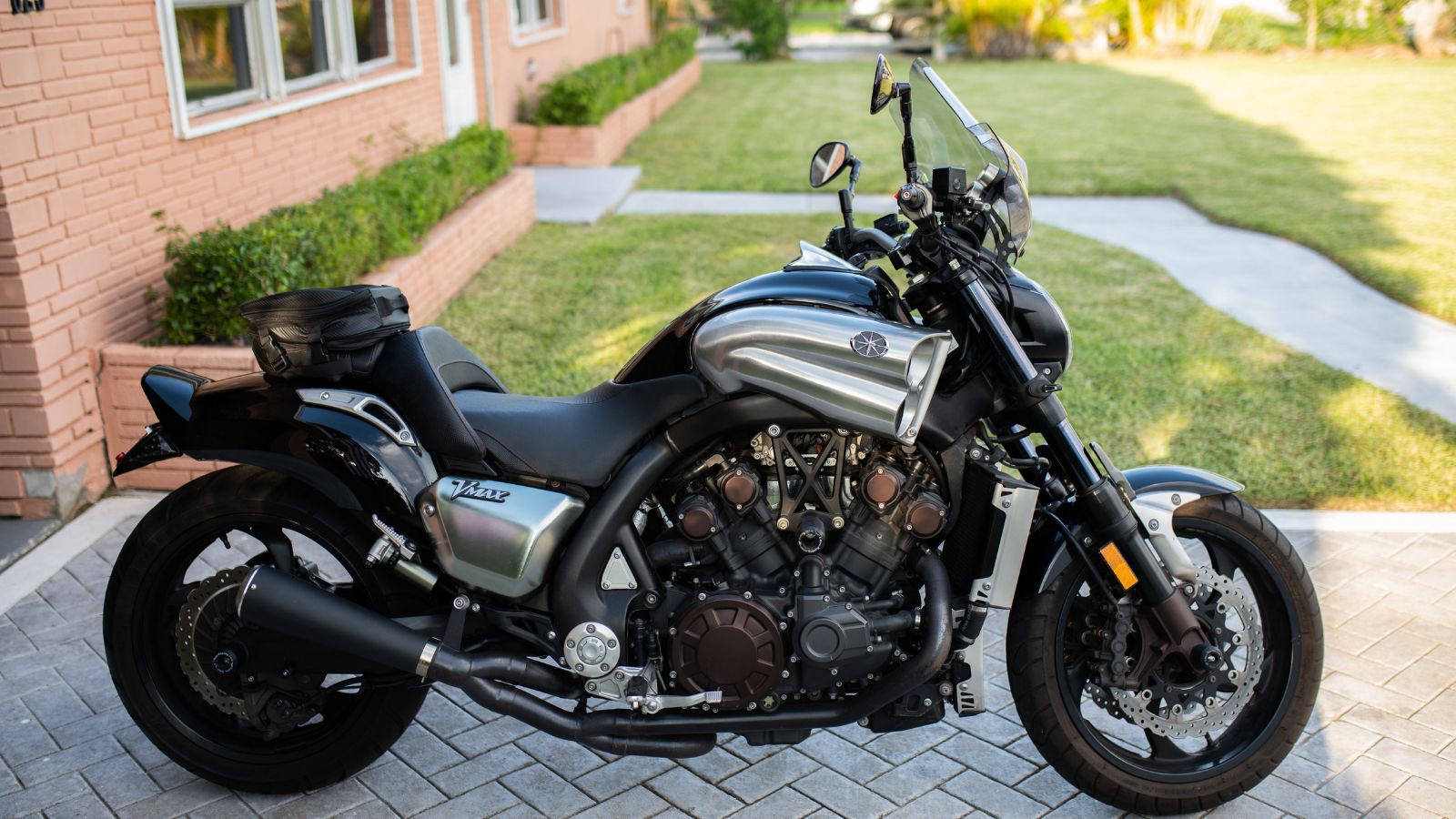
Coined by Atsushi Ichijo, the Yamaha VMAX was an aggressive motorcycle. Its 1198cc V4 engine produced 145 horsepower and some of the best straight-line speed and acceleration. Successfully embracing the intimidating muscle bike design, which showcased vast air intake vents and a dominant posture, the VMAX grew into a legend. It could accelerate from 0 to 60 mph in 3.1 seconds, making any cruiser look like a geriatric old car.
BMW R80 G/S (1980)
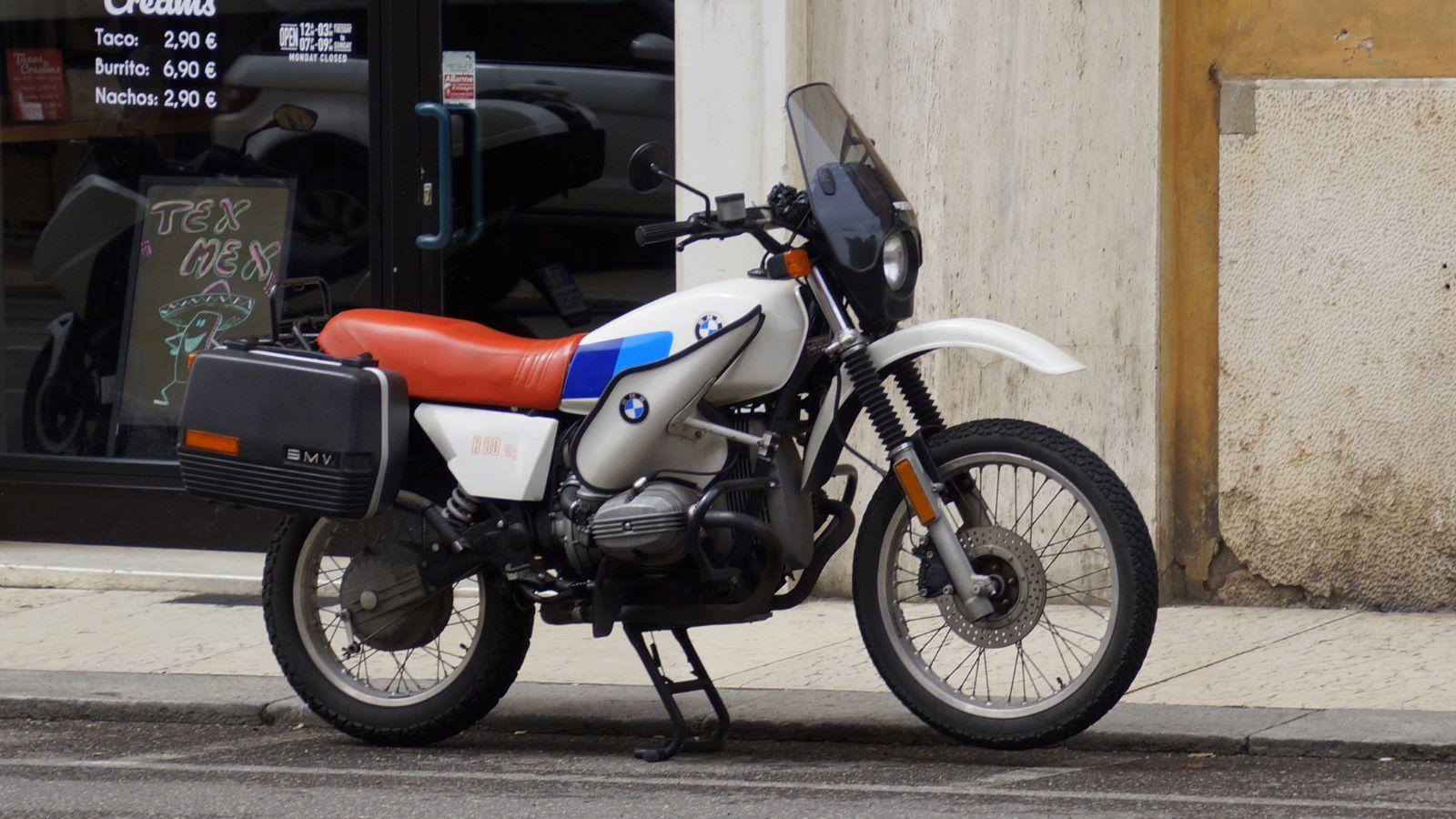
The BMW R80 G/S, Rüdiger Gutsche’s brainchild, was built on the foundation of the R80. This wasn’t just a bike for the road; it was built to conquer any terrain: It had a powerful 800cc boxer engine, long-travel suspension that could soak up any bump, and a high front fender ready for anything. It took 6.8 seconds to hit 60 mph, but this bike was not designed for drag races.
Suzuki Hayabusa (1999)
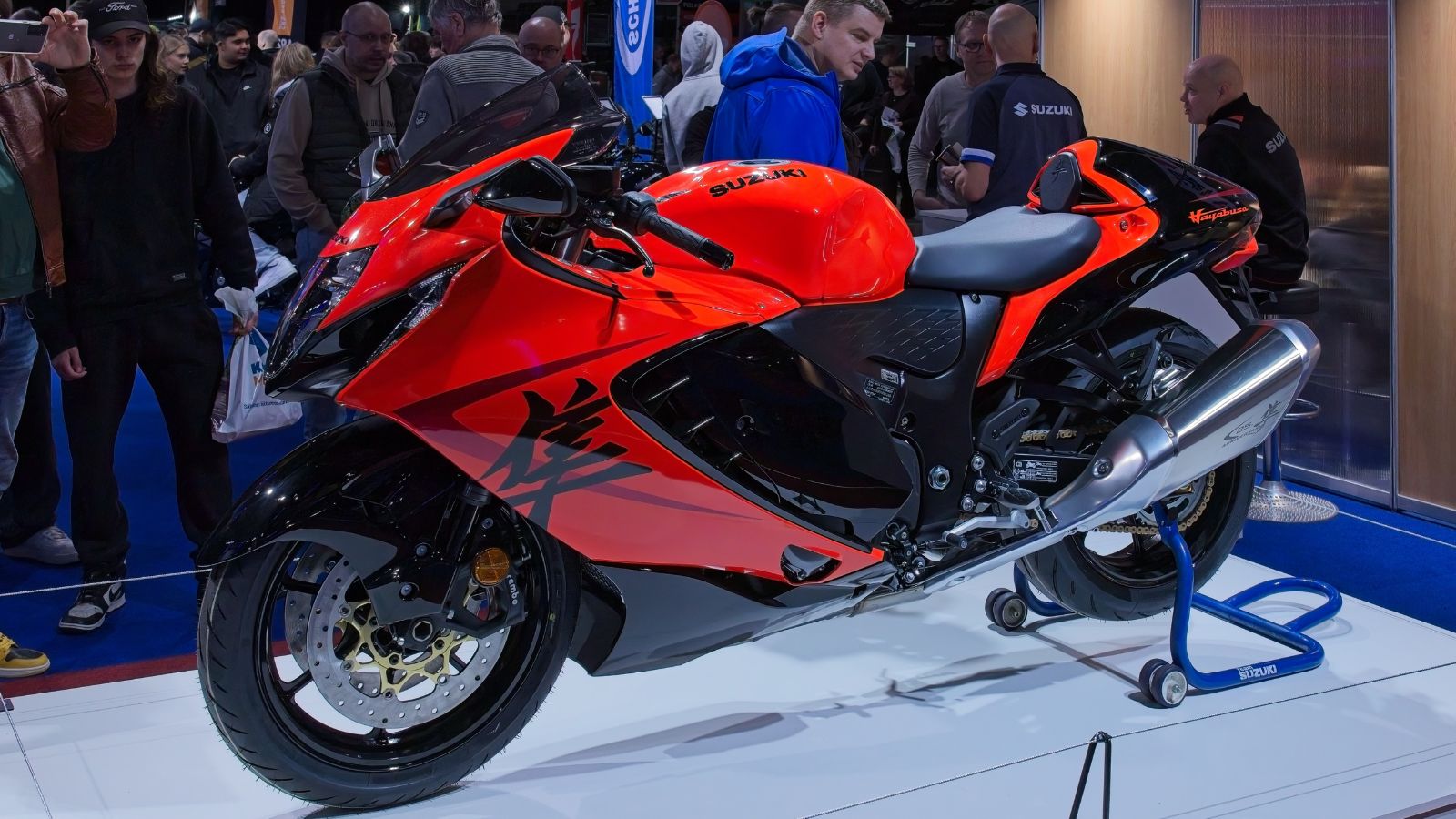
The Suzuki Hayabusa, launched in 1999, was the brainchild of engineer Koji Yoshiura and was designed with racing in mind. A ferocious 1299cc inline-four engine took the bike from zero to sixty in 2.9 seconds. The Hayabusa wasn’t just about raw speed; its aggressive, aerodynamic design was a statement of intent. With a top speed of 194 mph, it shattered records and rightfully claimed the title of the world’s fastest production motorcycle.
Triumph Rocket III (2004)
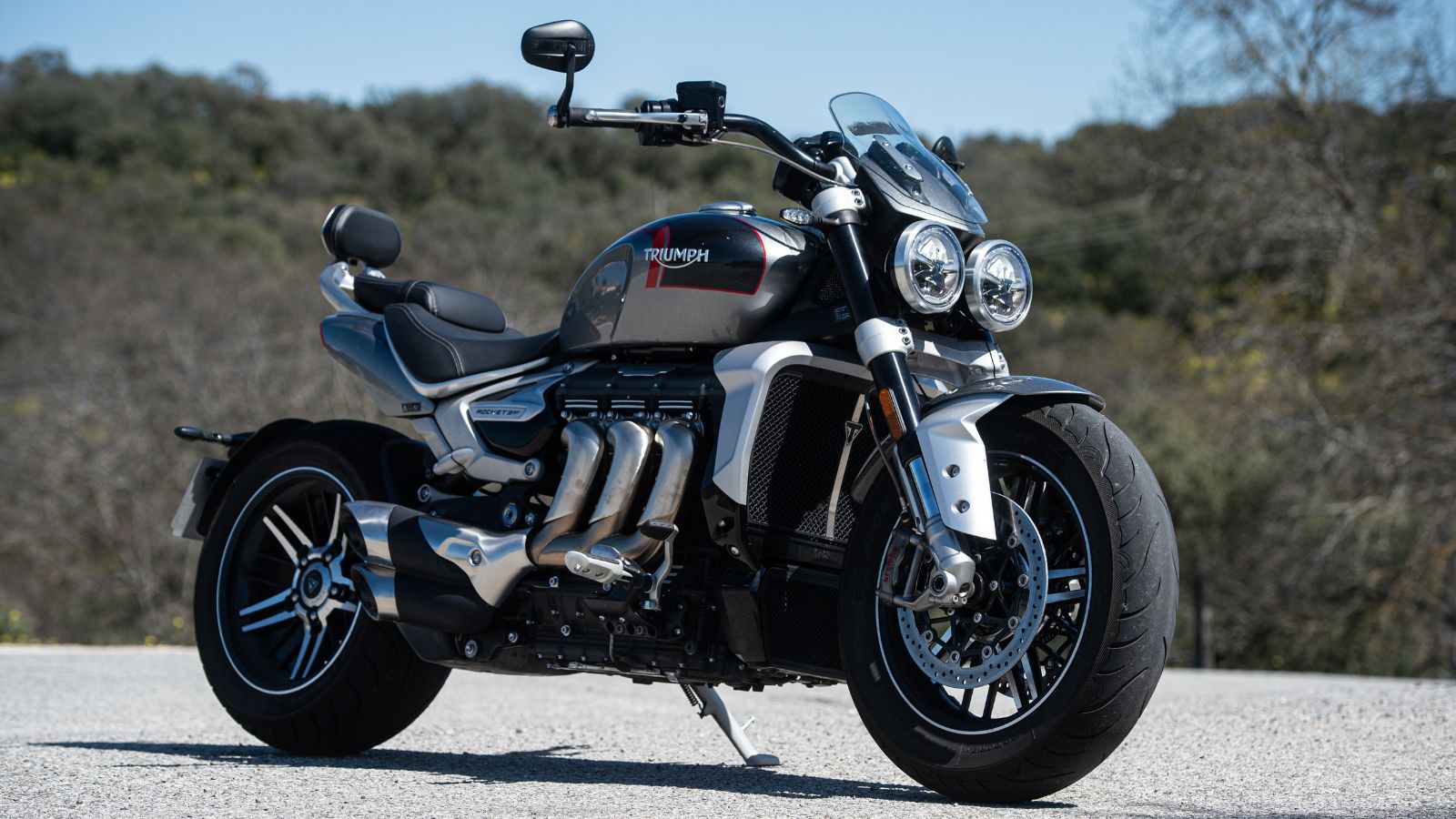
The Triumph Rocket III crushed expectations with its awe-inspiring 2,294cc inline-triple engine. It generated 140 horsepower and a staggering 163 lb-ft of torque. It had the largest motorcycle engine ever created. This behemoth’s imposing presence extended beyond its engine, with a wide stance and a trio of menacing exhaust pipes. Despite its size, the Rocket III was a force to be reckoned with, accelerating from 0 to 60 mph in 3.3 seconds.
KTM 950 Adventure (2003)
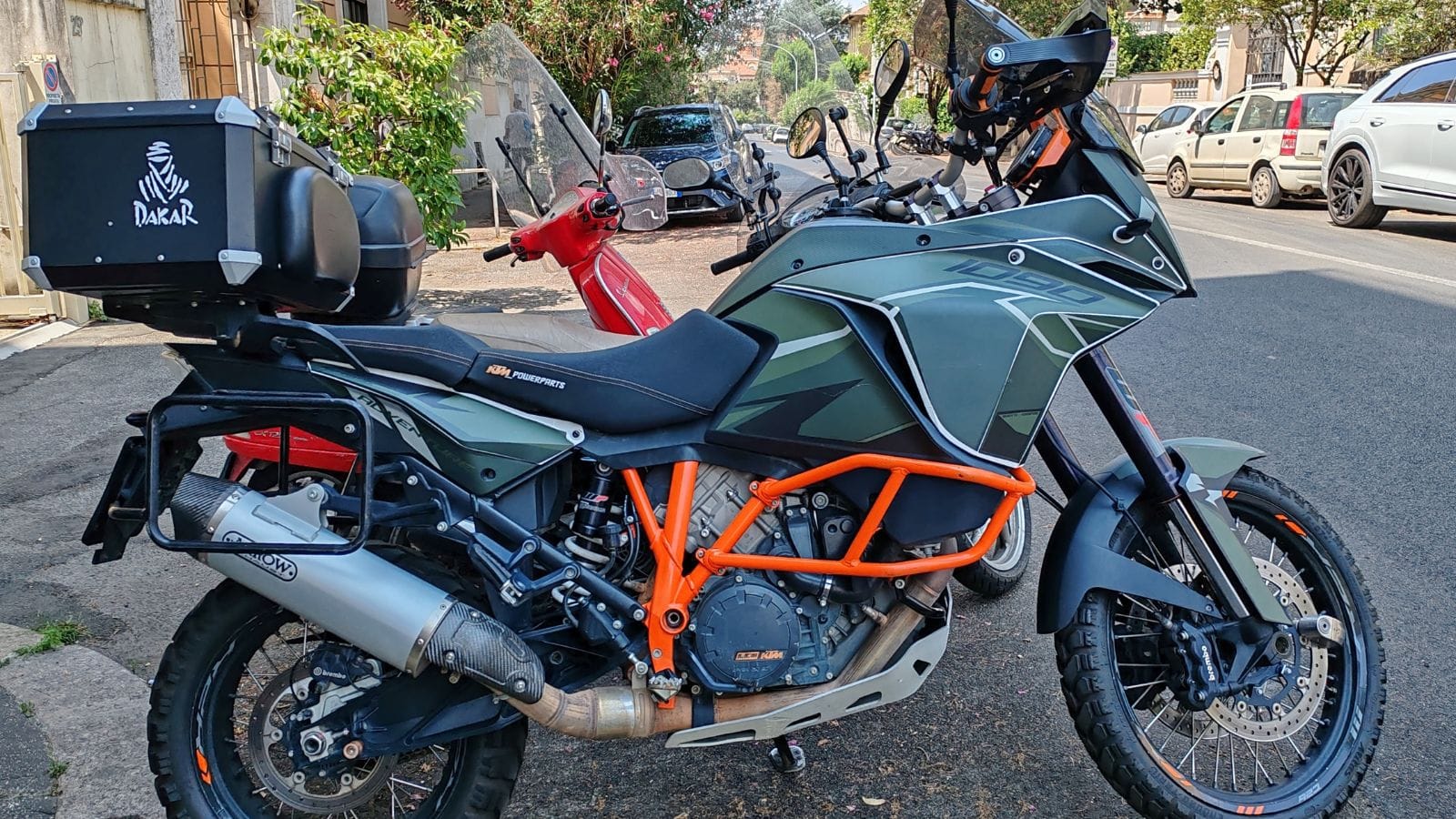
The KTM 950 Adventure, designed by Gerald Kiska, is an off-road endurance bike. It came stocked with a 942cc V-twin engine complemented by a long-travel suspension and a lightweight chassis and was, for its time, an extremely robust dual-sport motorcycle. It went from 0 to 60 mph in 4.0 seconds, seamlessly combining off-road ability with dynamic on-road handling and performance, setting a benchmark for adventure touring.
Honda CBR900RR Fireblade (1992)
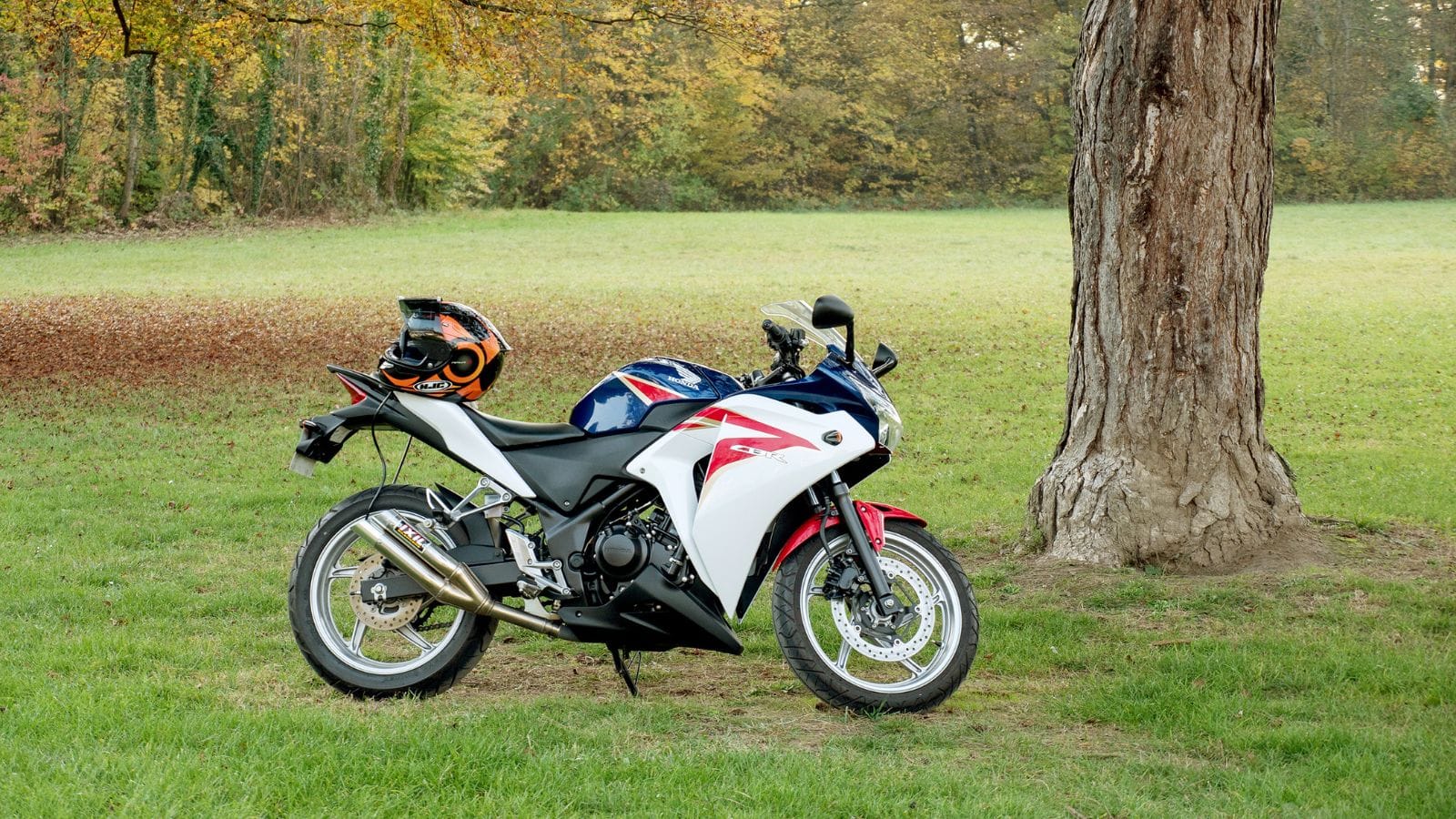
The Honda CBR900RR Fireblade revolutionized sportbikes by focusing on lightweight performance. While the 893cc engine was powerful, the bike’s incredibly light and agile frame was the real innovation. With its distinctive round headlights and sleek, almost aerodynamic profile, this sharp, aggressive machine looked like it was ready to leap forward. Capable of accelerating from 0 to 60 mph in just 3.2 seconds, the Fireblade proved that superbikes weren’t just about raw horsepower; they needed a perfect balance of power and agility.
MV Agusta F4 750 (1998)
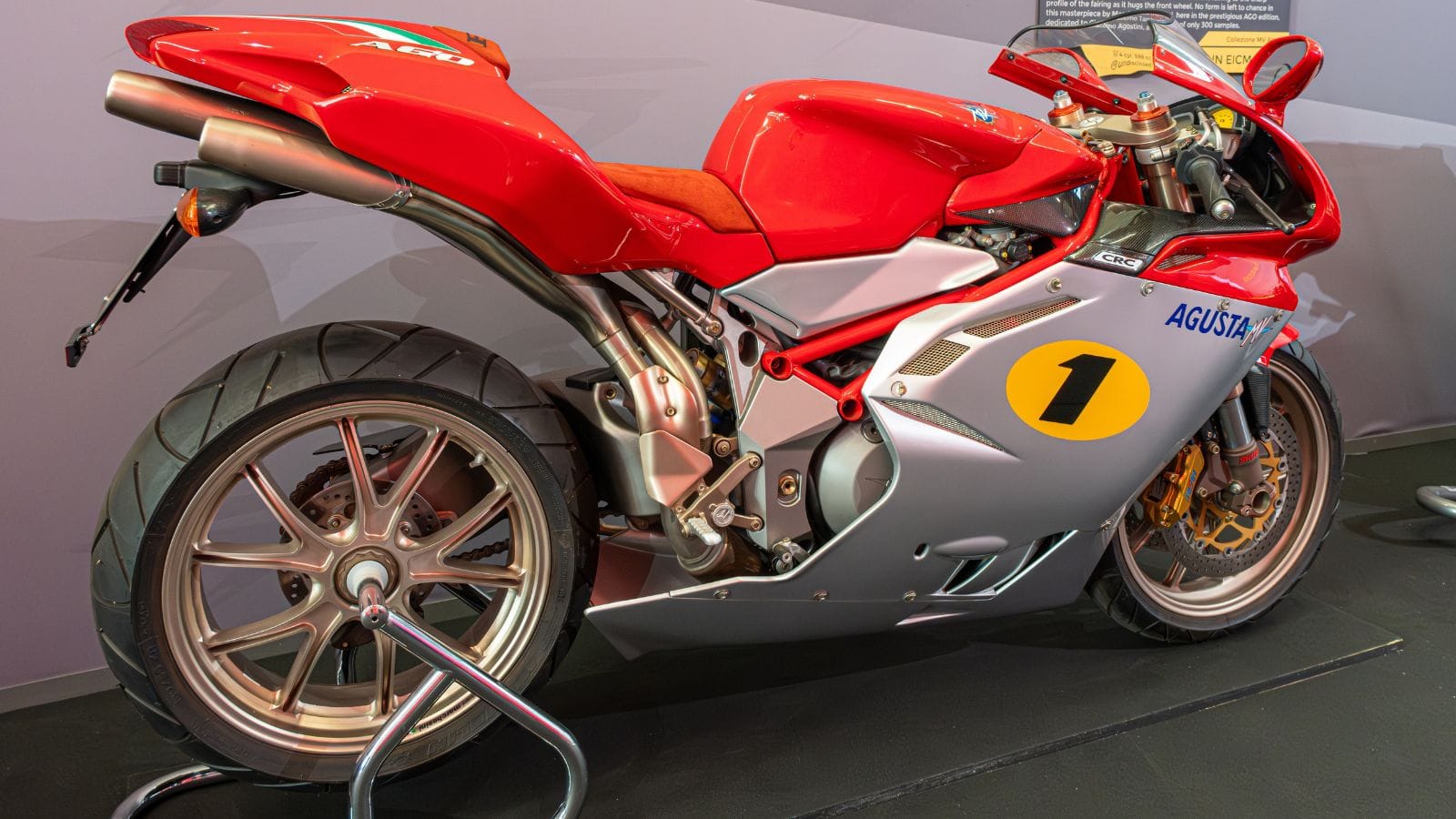
The MV Agusta F4 750 redefined superbikes. Powered by a ferocious 749cc inline-four engine, this motorcycle went from 0 to 60 mph in 3.5 seconds and covered a quarter-mile in an astonishing 11.16 seconds. But the F4 750 was more than just speed; it was a symphony of sight and sound. Its iconic quad exhausts rumbled beneath the saddle while Tamburini’s breathtaking bodywork sculpted a vision of pure, unadulterated beauty. The F4 750 wasn’t just a motorcycle but a work of art.
Ducati Monster 900 (1993)
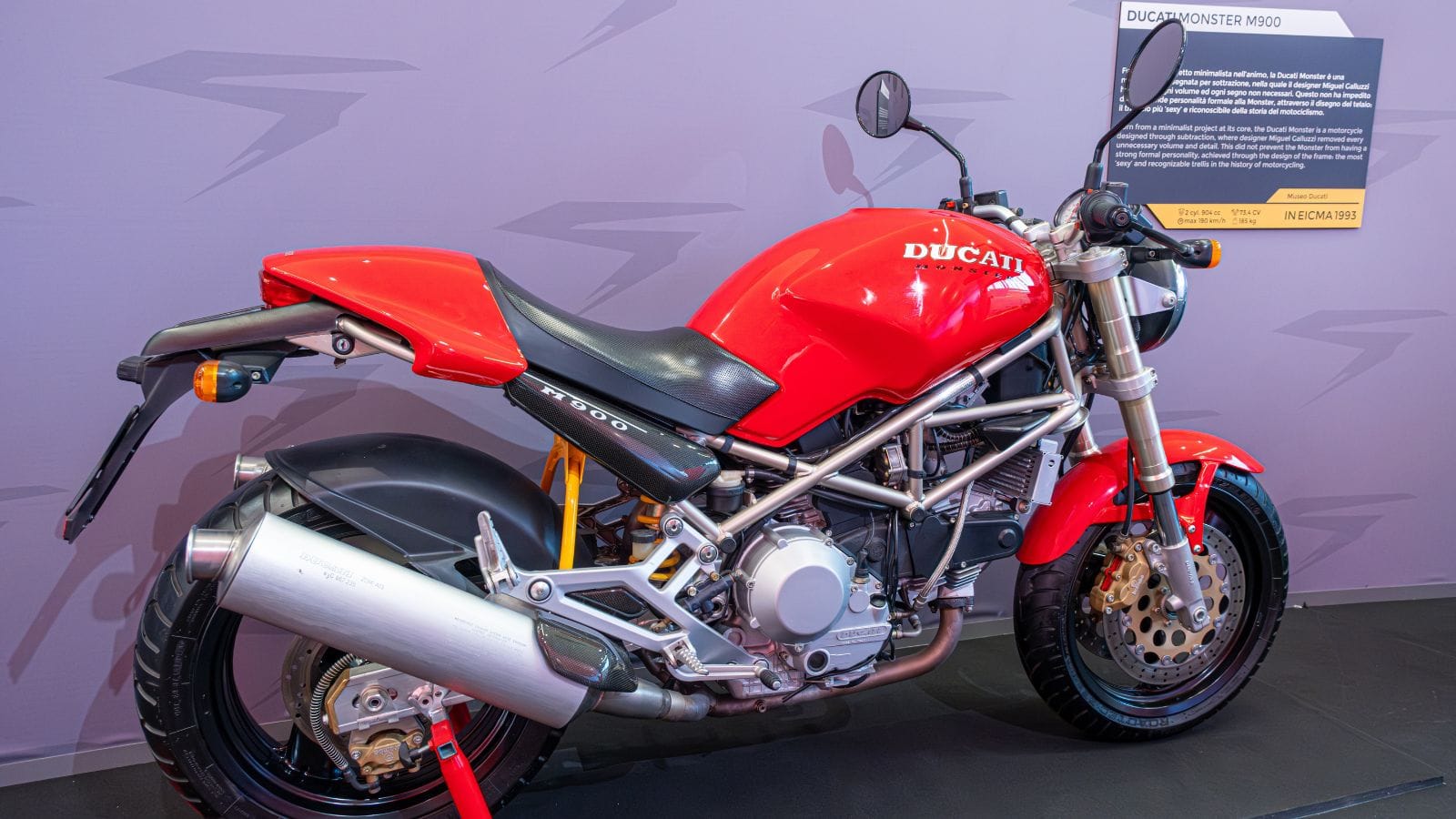
The Ducati Monster 900 debuted the idea of a naked bike: A motorcycle on which everything non-crucial for its functioning has been removed. Its 904cc V-twin engine provided lots of low-end torque, and its aggressive, naked look, with its exposed trellis frame and massive muscular fuel tank, looked defiantly cool. The Monster 900 managed an 0 to 60 mph acceleration time of 3.8 seconds.
Aprilia RSV4 (2009)
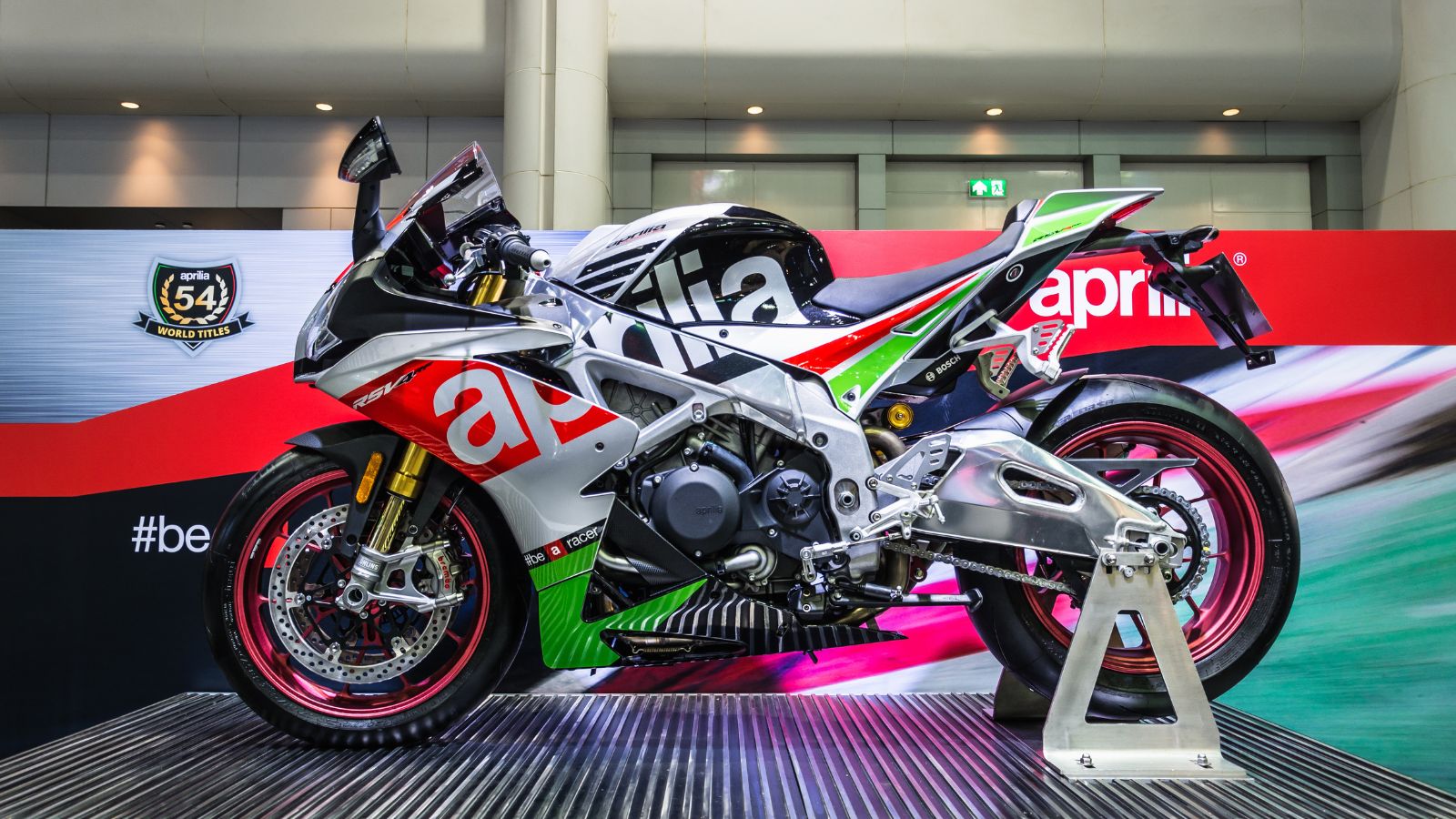
The Aprilia RSV4, a masterpiece that Miguel Galluzzi and his team crafted, burst onto the scene alongside a wave of 999cc V4 superbikes. This sleek, angular machine boasts a compact frame and cutting-edge electronics. It could sprint to 60 mph in a blistering 3.1 seconds. It embodied the spirit of “Liebe, Schnelligkeit, Musik” – love, speed, and the symphony of technology.
Harley-Davidson LiveWire (2019)
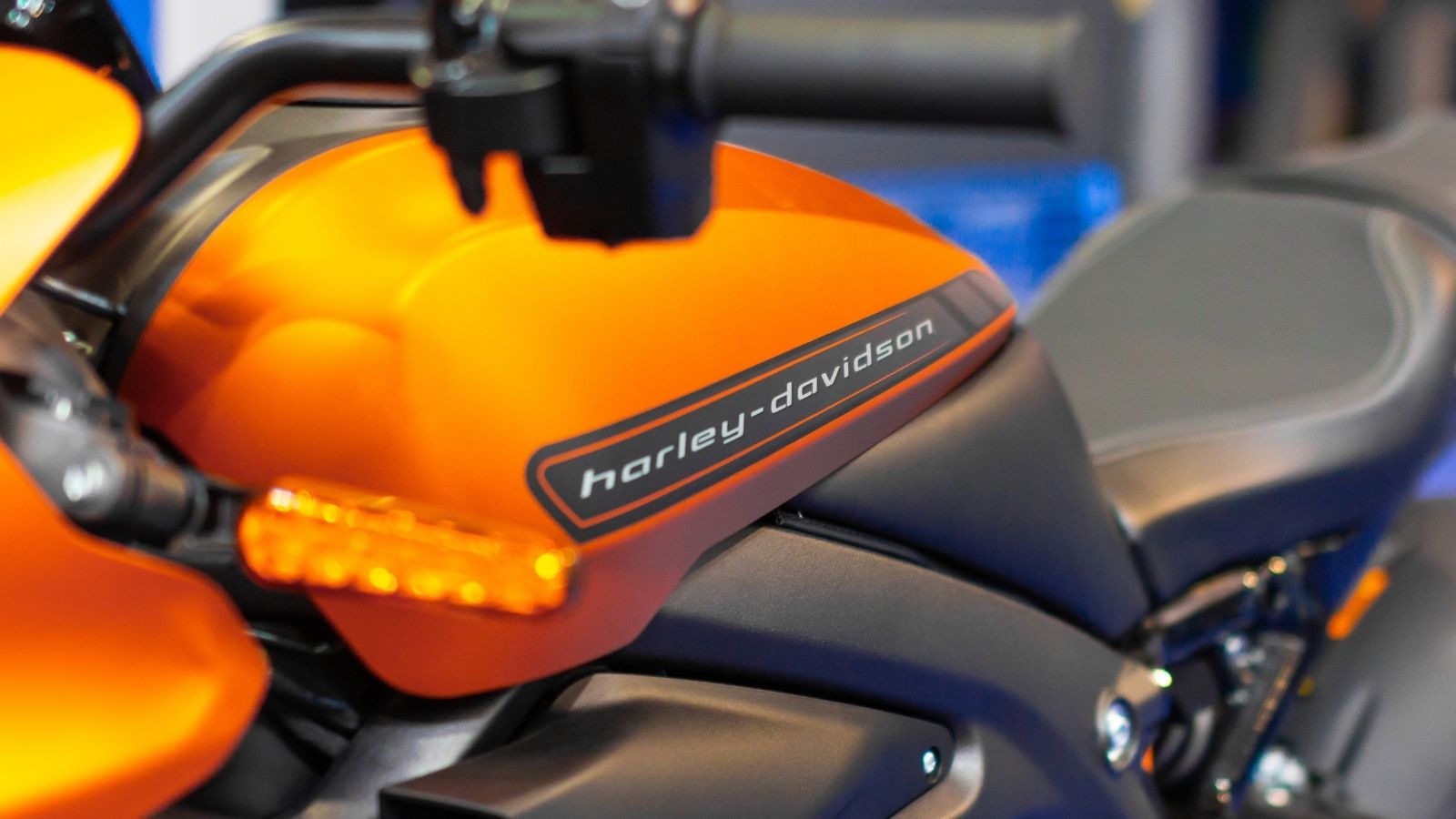
In recent years, Harley has shifted its focus to electric bikes, and the Harley-Davidson LiveWire is the cross-over into the electric motorcycle realm. It had 15.5 kWh battery energy storage and an electric motor, which delivered the company’s KDV 105 horsepower. Its futuristic design isn’t traditional Harley, from the frame incorporating an aerodynamic line to LED lighting. It went from 0 to 60 mph inin just 3.0 seconds, showing that electric motorcycles could be exciting and high-performing.
Zero SR/F (2019)
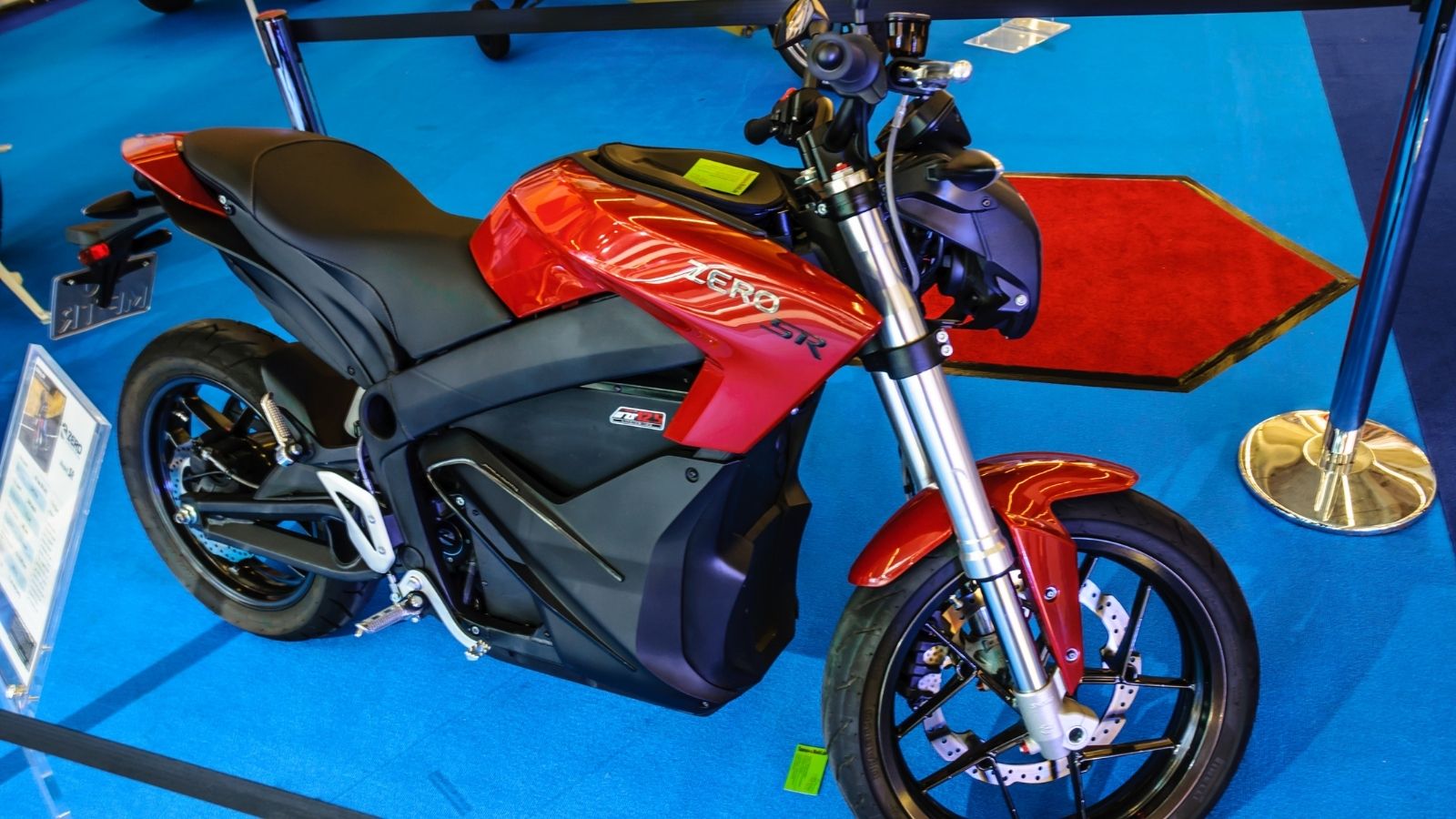
The engineers at Zero Motorcycles in California are pushing the boundaries of electric motorcycle design. A prime example is the Zero SR/F, a sleek machine powered by a 14.4 kWh battery that unleashes 110 horsepower and a hefty 140 lb-ft of torque. This translates to a thrilling 0-60 mph sprint in just 3 seconds. The SR/F’s minimalist design creates a powerful and visually striking presence with its stripped-down “naked” look and focus on essential components
18 Budget-Friendly Electric Cars That Last Longer Than Their Loans — Economical Electrics
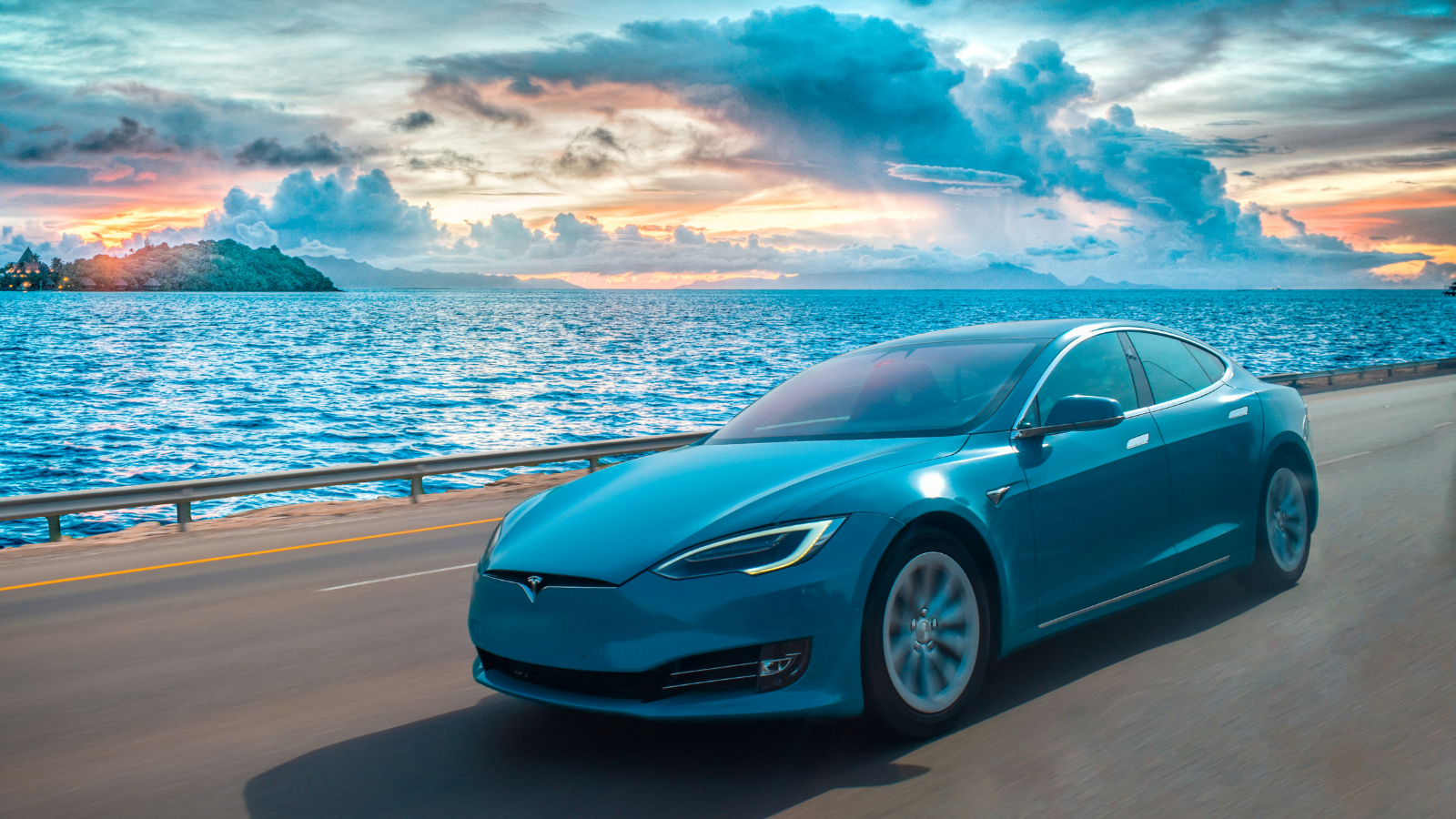
Electric vehicles are no longer a luxury for the elite—they’re a smart investment for the everyday driver. With manufacturers stepping up to the plate, affordable EVs now deliver on reliability, range, and modern comforts. Here’s a look at 18 economical electric cars engineered to outlast their payment plans.
18 Budget-Friendly Electric Cars That Last Longer Than Their Loans — Economical Electrics
